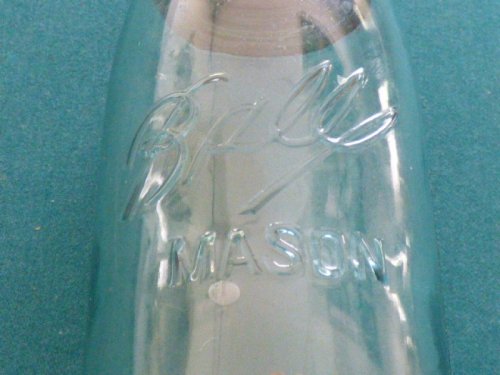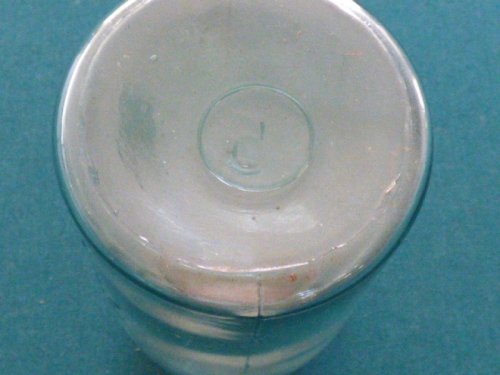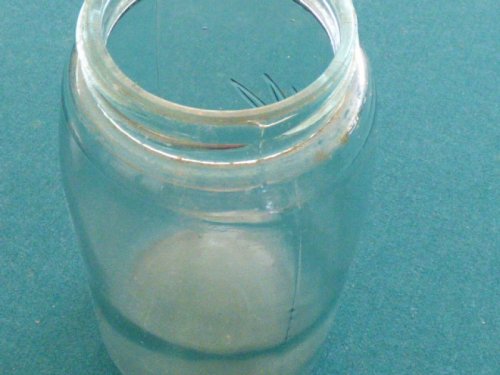Jumpinrocks
New Member
- Joined
- Jul 17, 2015
- Messages
- 1
- Reaction score
- 0
- Points
- 0
Hi there, I'm new to forum and this is my first post. I'm out of Bellingham WA and am just getting into estate searching and reselling yada yada. I had this old collection of bottles from way back when that I was just about to trade to a friend in the business when he pointed out to me some things that would be worth my while to look into. This bottle has some interesting features.There is no "perfect"The 5 on bottom is backwardsThe last L on Ball is dropped,The bottom of B has no hook on it,and the top of bottle where the top was applied appears to have maybe been offset on accident and seems almost to have 6 molds all applied together. Am I seeing things or is this extremely rare like maybe a prototype or an unusual error? Thanks for your input in advance,Jumpinrocks



